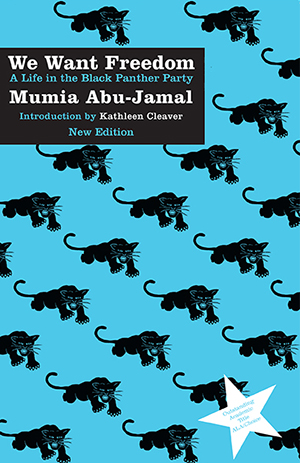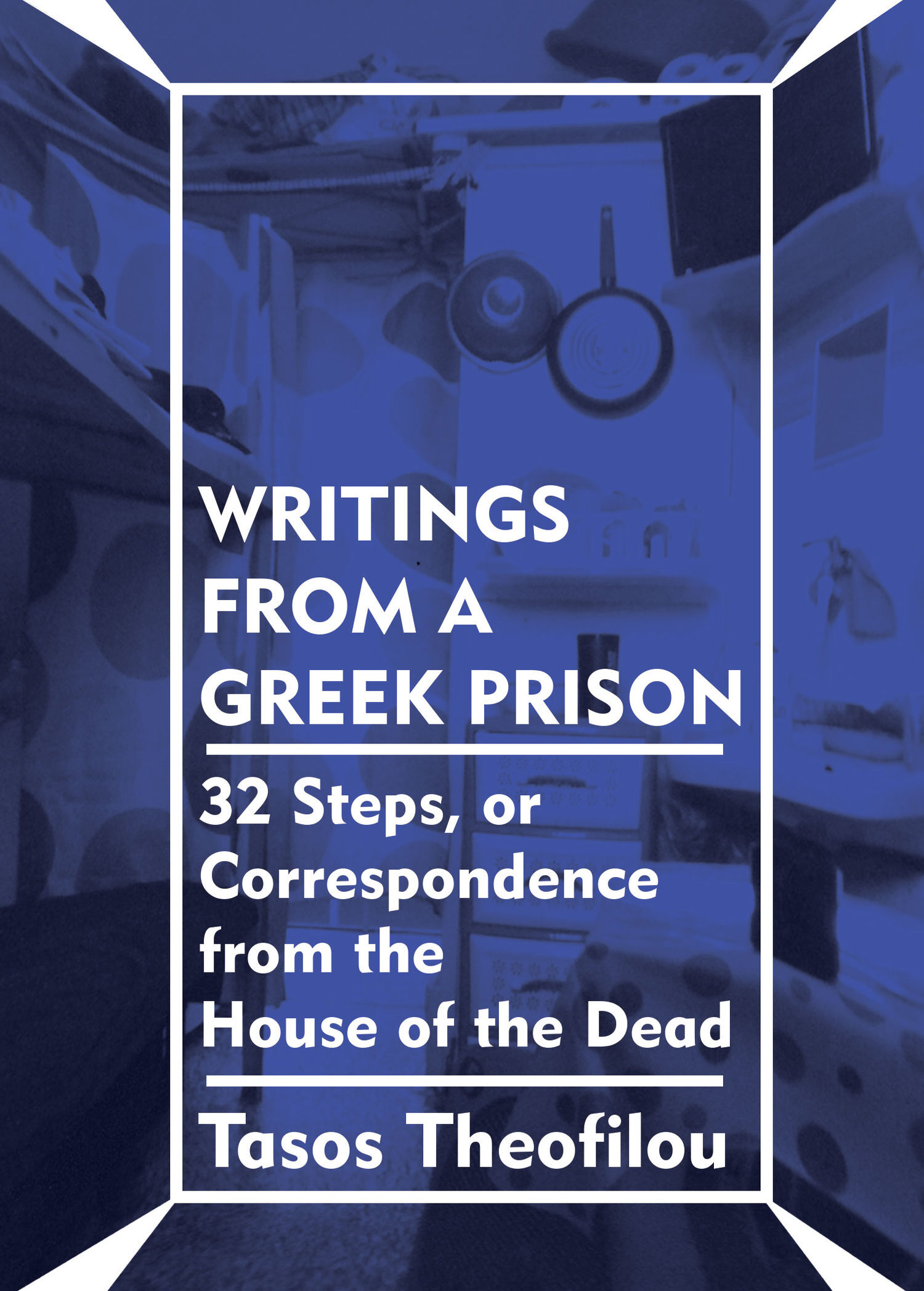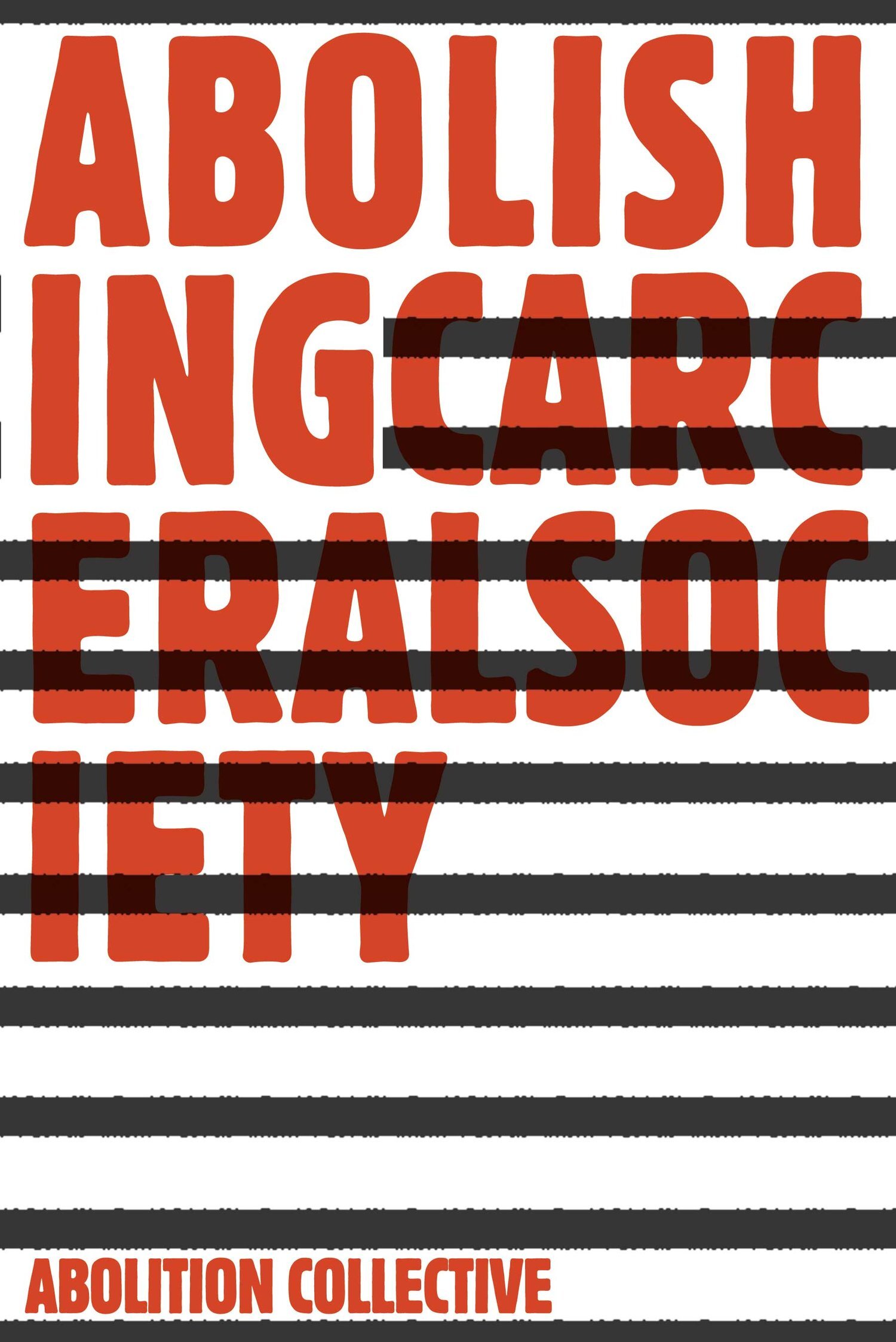Art Work During a Pandemic
Art Workers’ Inquiry
When the pandemic hit it was clear that art workers’ conditions had changed dramatically. The composition of the working class is vastly different than it was two years ago, and it’s likely to continue changing.
Jobs in “arts, entertainment and recreation” fell by 66% in 2020—the largest decline among the city’s economic sectors. This swelling of the reserve army of labor put pressure on those still employed to take on numerous additional tasks, from hastily developing online classes from scratch to participating in elaborate cleaning protocols that allowed museums and other institutions to justify reopening.
To help understand these changes Art Workers’ Inquiry decided to draft an inquiry, Art Work During a Pandemic. It asked art workers to elaborate on exactly how their working conditions had changed. Are you receiving unemployment? Is it adequate? It also asked what changes art workers would like to see in their lives after the pandemic. Many of the answers received reflected fundamental changes that would impact the lives of all people, not just art workers. The responses overwhelmingly expressed a desire for a socially just world in which everyone would have the time and freedom to create and live an unalienated, fulfilling life.
The responses and artwork from many of the respondents were collected in this full color zine to help us understand where we are and where we could go.
“1. What motivates you to participate in art?
2. How has the pandemic changed the way you think about the production of art in your own practice and/or in the industry?
3. Have you lost work as a result of the pandemic? If so,...”
PRODUCT DETAILS
Author: Art Worker’s Inquiry
Publisher: Red Bloom Communist Collective
Release: August 2021
Format: Color Zine
Size: 8.5 X 5.5
Page count: 60
Subjects: Art / Abolition / Worker Inquiry
About the Author
The Art Workers’ Inquiry is an organizing group of workers in Red Bloom Communist Collective seeking to build power across New York’s vast arts industry. They define art workers as anyone whose labor contributes to the artistic production process, from dancers to art handlers to bartenders at performance venues. The Art Workers’ Inquiry builds connections and strengthens bonds of solidarity between art workers with the ultimate goal of building a new, worker-run model of artistic labor.
The Art Workers’ Inquiry formed in 2019 when they decided to create a survey based on the original workers’ inquiry compiled by Karl Marx in 1880. In addition to gathering research and forming a kind of ethnography of workers under capitalism, Marx’s inquiry aimed to push and agitate—in its progression of questioning—the survey-taker to think about the political implications of revolt and revolution. Though it was never carried out in Marx’s time, the template for the workers’ inquiry was put into use in the postwar period by the likes of the Johnson-Forest Tendency (a project initiated by C. L. R. James and Raya Dunayevskaya), which tapped into the Black radical tradition in the United States. Workers’ inquiries were also conducted and weaponized by organizers in the Italian operaismo (workerism) movement at the factories of Olivetti and Fiat.
FROM THE BOOK
The Red Bloom Art Workers’ Inquiry had an event scheduled for March 16, 2020, four days before non-essential businesses were ordered to close in New York. After canceling the event, we were suddenly faced with figuring out what organizing could look like when we couldn’t gather in public space. Many members of the collective were forced to spend long hours on Zoom for our jobs, so we experimented with distanced forms of being together: We wrote each other letters. We played the game Telephone by asking one member to call another and share music or a movement exercise, after which the recipient of the call would phone the next person and repeat what they had learned from memory. When the uprisings over George Floyd’s murder began, we joined the rest of Red Bloom in shifting our energy to the streets. The cultural discourse firmly absorbed abolition as an idea with teeth. (Though none of this erases a very real question for art workers: What do our cultural institutions look like without police?)
By the time we decided to draft our inquiry Art Work During a Pandemic, it was clear to us that art workers’ conditions had changed dramatically. The composition of the working class is vastly different than it was a year ago, and it’s likely to continue changing. Jobs in “arts, entertainment and recreation” fell by 66% in 2020—the largest decline among the city’s economic sectors. This swelling of the reserve army of labor put pressure on those of us still employed to take on numerous additional tasks, from hastily developing online classes from scratch to participating in elaborate cleaning protocols that allowed museums and other institutions to justify reopening.
In our survey, we asked art workers to elaborate on exactly how their working conditions had changed. Are you receiving unemployment? Is it adequate? We also asked what changes art workers would like to see in their lives after the pandemic. They answered that they want better pay, more permanent full-time positions, industry-wide unionization, wage equity, wage transparency, health insurance, adequate paid sick leave, severance pay, increased worker protections (including on-site protection/PPE), means to effectively confront acts of racism and sexism within the workplace, public arts funding, and centrally located spaces to meet, work, and socialize.
Many of the answers we received reflect fundamental changes that would impact the lives of all people, not just art workers. The responses overwhelmingly express a desire for a socially just world in which everyone would have the time and freedom to create and live an unalienated, fulfilling life. Many respondents report that the conditions of the pandemic had also produced positive changes in their lives. They were relieved from the pressure to perform and network in social contexts, able to leave abusive workplaces, and given more time and space to rest and deepen interpersonal relationships with their partner(s) and community.
Prioritizing a culture of care, love, and justice against one of exceptionalism, the art workers we surveyed want free and widely available education; universal single-payer health care; free housing; expanded mutual aid networks; police and prison abolition; debt relief; ways to address racial injustice, misogyny, and settler colonialism; action on climate change and the environment; a robust social safety net; changes in the systems of food production; large investment in social programs and housing; reduction of the forty-hour work week; heavy taxes on the 1%; protection and respect for workers everywhere; better pay and benefits for essential workers; slower production; solidarity with people around the world; and a movement of working people coming together for self-determination.
They want to be less reliant on museums and institutions or even to abolish museums and their boards completely. They want freeports, art fairs, and commercial art galleries to disappear; they question the financing of these institutions and their reliance on assets from real estate and capital campaigns. They want to upend the racist and exploitative art world.
What would a cultural institution that answers the desires of the art workers in our survey look like? As they exist today, our cultural institutions are embedded in capitalism and constrained by its economic imperatives. The financial structures that constitute art institutions produce poverty, dispossession, gentrification, debt, austerity, white supremacy, and ecological destruction. Any attempt to reform art institutions will continue to reproduce this capitalist dystopia. All art and all wealth are created socially, and should be socially owned and democratically controlled. The task is to create a different kind of institution embedded in an economy based on worker ownership and social organization without private property.
Art institutions could be experimental, transitional spaces for the radical transformation of society. They could focus on the needs of all art workers, expanding the concept of “artist” and “art worker” to include everyone who helps in the creation of art and the reproduction of the art industry. Together, these workers could focus on ecosocial relations of subsistence and production. They could create frameworks that center around biological time, not factory time, and structure labor in accordance with the patterns and flows of the natural world. They could work on housing, transportation, and abolition—in other words, the life that art workers desire for everyone. Reshaping labor will reshape everyday life.
Reimagined and reconfigured as emancipatory, art institutions could create a radically different world where people’s needs are taken care of and where everyone can luxuriate in the full experience of being human.






